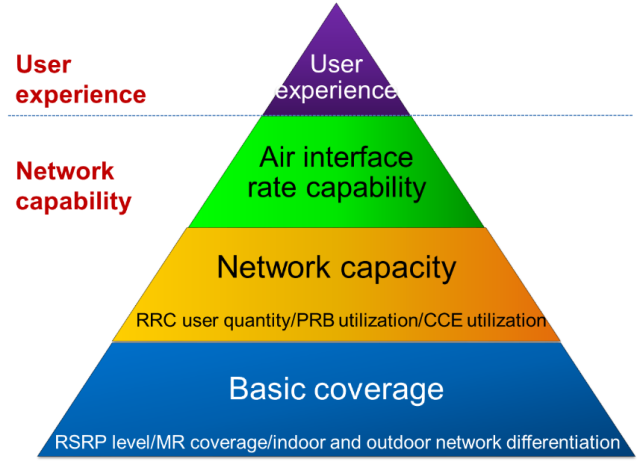Huawei recently announced that it helped the Shantou branch of China Mobile (Shantou Mobile) build a Performance Surveillance (PRS) network deployment platform that provides real-time data about user experience. Huawei also helped Shantou Mobile develop the world's first user experience-based LTE network deployment system based on the data.
Carried out in some Shantou Mobile service areas, the pilot project has been completed with remarkable results. With this system, Shantou Mobile is making much better network plans more than 10 times quicker than it does using old network evaluation and planning methods. Shantou Mobile will use this system on the entire network, and is planning to work with Huawei on network deployment based on VoLTE or HD video user experience.

The system was tailored to current MBB networks. LTE coverage and network load are increasing and carriers are demanding accurate network deployment focused on improving user experience. A traditional network planning system that employs simulation, drive tests, and user complaints as its data sources is no longer helpful for operators. The new LTE experience-based network deployment system helps operators accurately deploy their networks, improve user experience, and maximize ROI with its huge amount of live network user data, Shantou Mobile's network planning experience, and Huawei's experience in LTE network deployment for customers around the world.
"Huawei has always been seeking ways to innovate and to help operators improve their O&M efficiency," said Jiang Wangcheng, President of Huawei Wireless SingleOSS Product Line, "Our online, real-time, and visualized PRS data greatly improves the result and efficiency of daily MBB network planning to effectively improve mobile user experience."
Since 2012, Shantou Mobile and Huawei have been cooperating in MBB network planning and optimization and made great achievements. In 2012, they built an "evaluable, visualized, manageable, supportive, and developable" optimization system. In 2013, they built a set of accurate resource allocation methods and platform supporting system through multi-network orchestration. In 2014, they worked on how to improve the multi-network orchestration evaluation system.

 O-Sense
O-Sense









